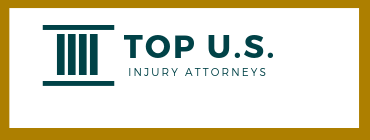Credit Card Lawyer
Most Americans are familiar with the term bankruptcy and think it has something to do with running out of money but aren’t sure exactly what it entails. Contrary to popular belief, bankruptcy doesn’t necessarily mean a person lacks funds entirely. In fact, a person may have money but there is a large discrepancy between how much they make, and how much they owe to creditors. If a person is unable to pay for the necessities of living and they keep getting further into debt, it may be time for a change. An attorney can advise you as to whether bankruptcy can help your financial situation, in addition to which chapter is most suitable.
Chapter 7
Chapter 7 bankruptcy is the most common type used and may be called “liquidation bankruptcy”. This chapter entails liquidating the person’s property and assets, then using that money to satisfy outstanding debts. Those who have homes, vehicles, or other tangible assets that they will have trouble parting with, may find that Chapter 7 isn’t quite right for them.
Chapter 9
Chapter 9 bankruptcy is used by cities, towns, school districts, counties and any other municipality entities. By filing, these entities are protected from creditors while creating a plan for adjusting finances and debts. Due to the complexity of municipal agencies filing for bankruptcy, seeking help from an attorney is highly recommended.
Chapter 11
Chapter 11 bankruptcy is available for both business and individual people and entails a reorganization of finances. The debtor still maintains control over the business operations and doesn’t have to sell off the entirety of assets. This chapter enables businesses to eventually come out of bankruptcy with the goal of being a self-sustaining company. A business may be able to change interest rates and terms for outstanding debts.
Chapter 12
Chapter 12 bankruptcy is only for fisherman and family farmers who are enduring financial distress. Due to commercial fishing and farming being an unpredictable career path with its own set of unique challenges, these workers can use a bankruptcy chapter that truly applies to their situation. While operating under this chapter, a person can create a plan to pay back debts to creditors over the span of 3-5 years.
Chapter 13
Chapter 13 is for people who have a consistent income, as they will receive a repayment plan over the course of several years. For some, operating under this chapter may mean the rest of their debts are eradicated after the repayment term.
Chapter 15
Chapter 15 provides a way for foreign debtors, foreign courts, and American bankruptcy courts to cooperate. This chapter is an approach to dealing with debt-related cases that involve more than just a single country. A foreign debtor who has assets in multiple countries may file under Chapter 15.
The definitions listed above are very brief summaries of what each bankruptcy chapter entails. We suggest contacting us to book your free consultation with an attorney to find out what chapter applies to your circumstances. Please call today before your stack of unpaid bills and debts continue to mount.
